Install and Configure DeepSeek Locally on RHEL 9 | CentOS 9
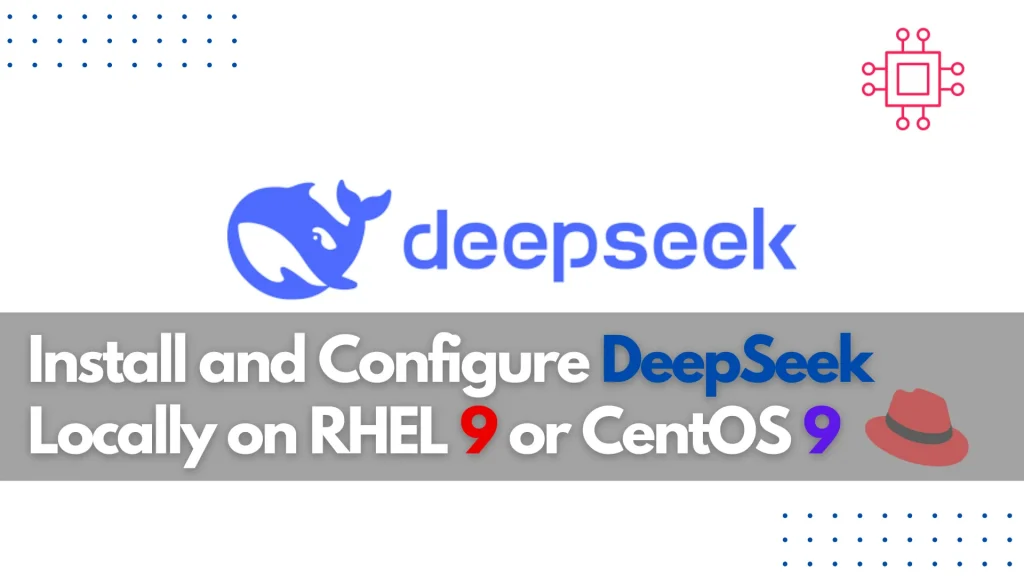
Learn how to install and configure DeepSeek locally on RHEL 9 or CentOS 9 with step-by-step instructions, CLI examples, and tips for an optimal setup. Enhance your data management and search functionality. Table of Contents Introduction DeepSeek is an advanced and highly efficient tool designed to optimize search functions within large datasets. It leverages cutting-edge technology […]
How to Deploy a MariaDB Cluster on RHEL 9

Learn how to deploy a highly available MariaDB cluster on RHEL 9 using Galera. Step-by-step instructions with CLI examples and best practices for setting up, configuring, and maintaining your MariaDB cluster. Table of Contents Introduction In today’s world of rapidly growing applications and data, having a reliable and scalable database infrastructure is crucial for any […]
Configuring OpenVPN Server on Ubuntu 24.04 for Secure Remote Access

Learn how to configure OpenVPN Server on Ubuntu 24.04 for secure remote access. Step-by-step guide with configuration examples, firewall setup, and troubleshooting tips. Table of Contents Introduction OpenVPN is one of the most widely used VPN technologies due to its robust encryption, high security, and ease of configuration. It allows secure communication over the internet […]
Install Foreman with Katello on CentOS Stream 9

Learn how to install Foreman with Katello on CentOS Stream 9 in this detailed step-by-step guide. Automate your infrastructure management, content repositories, and software updates efficiently. Table of Contents Introduction If you’re managing a large network infrastructure, automation, and systems management tools are vital for streamlining tasks, patching systems, and managing configurations. Foreman with Katello is […]
Installing CentOS 9 Stream with GUI: The Complete Desktop Setup
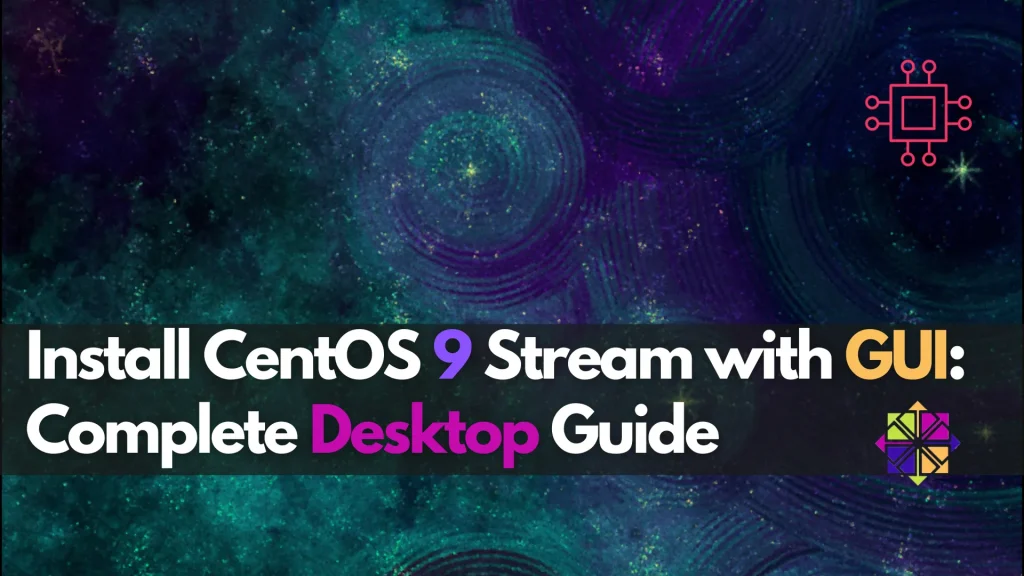
Learn how to install CentOS 9 Stream with a graphical user interface (GUI) step by step, including a complete desktop setup guide. Discover useful commands and troubleshooting tips for a smooth CentOS 9 experience. Table of Contents Introduction CentOS, a popular open-source Linux distribution, is known for its stability, security, and enterprise-grade features. While CentOS […]
Automate mysql_secure_installation via Ansible Roles for MySQL 8.4
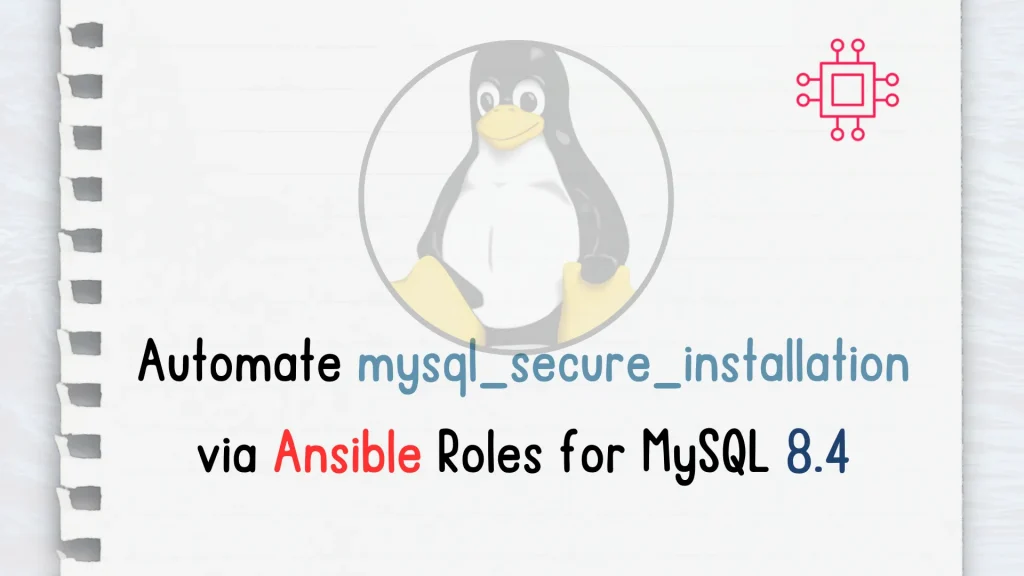
Learn how to automate mysql_secure_installation via Ansible roles for MySQL 8.4. Secure your MySQL installation at scale with this step-by-step guide. Table of Contents Introduction MySQL 8.4 is one of the most popular open-source relational database management systems (RDBMS) used globally for its scalability, reliability, and performance. After installing MySQL, securing the installation is essential […]
Best Practices for Securing SSH Connections on Linux Servers
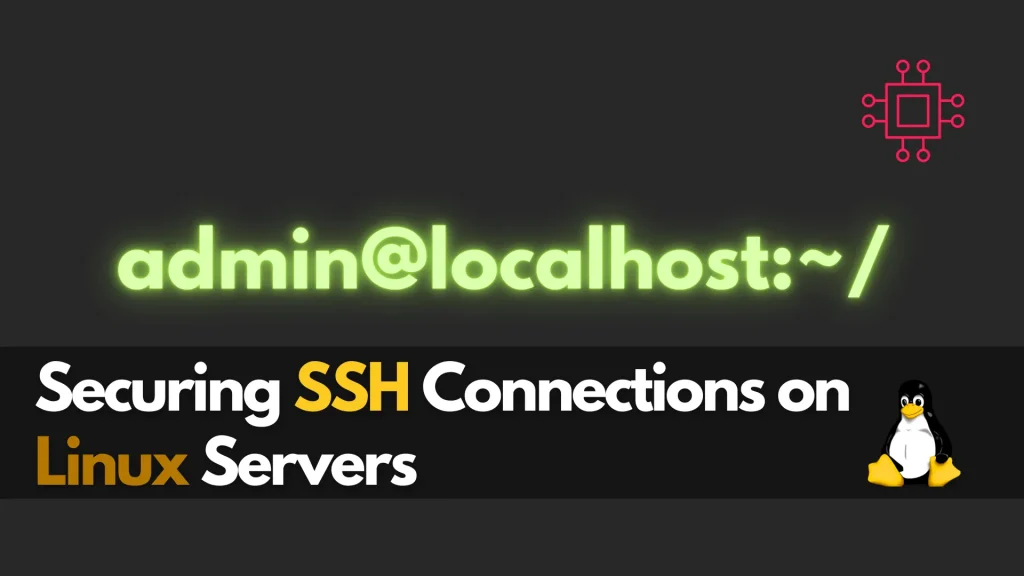
Discover the best practices for securing SSH connections on Linux servers. Learn essential security tips like disabling root login, using SSH keys, and more for better protection and control over your server. Table of Contents Introduction Secure Shell (SSH) is a widely used protocol for remote administration and file transfer on Linux servers. However, due […]
Install MySQL 8.4 on CentOS 9 Using Ansible Roles
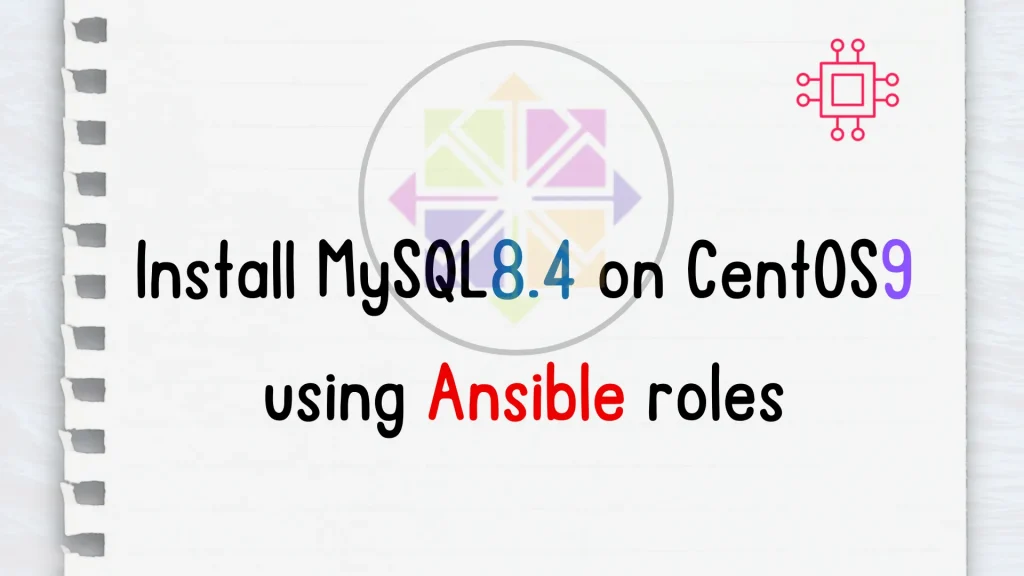
Learn how to install MySQL 8.4 on CentOS 9 using Ansible roles for automation, scalability, and repeatability. This step-by-step guide ensures a secure and efficient MySQL setup. Table of Contents Introduction MySQL is an open-source relational database management system (RDBMS) widely used for web applications and services. When deploying MySQL across multiple servers or environments, […]
Install Apache Guacamole on RHEL 9 Using Ansible Roles

Learn how to install Apache Guacamole on RHEL 9 or CentOS 9 using Ansible roles for automated, secure, and efficient remote desktop access. Step-by-step guide with CLI examples. Table of Contents Introduction Apache Guacamole is a powerful, clientless remote desktop gateway that allows you to access your desktops or servers using a web browser. As […]
How to Generate Secure Random Passwords with a Bash Script: A Comprehensive Guide

Learn how to generate secure, random passwords with a Bash script. This step-by-step guide will help you create customizable passwords for better security. Table of Contents Introduction In today’s digital world, password security is more important than ever. From personal accounts to corporate logins, passwords are our first line of defense against cyber threats. Whether […]
